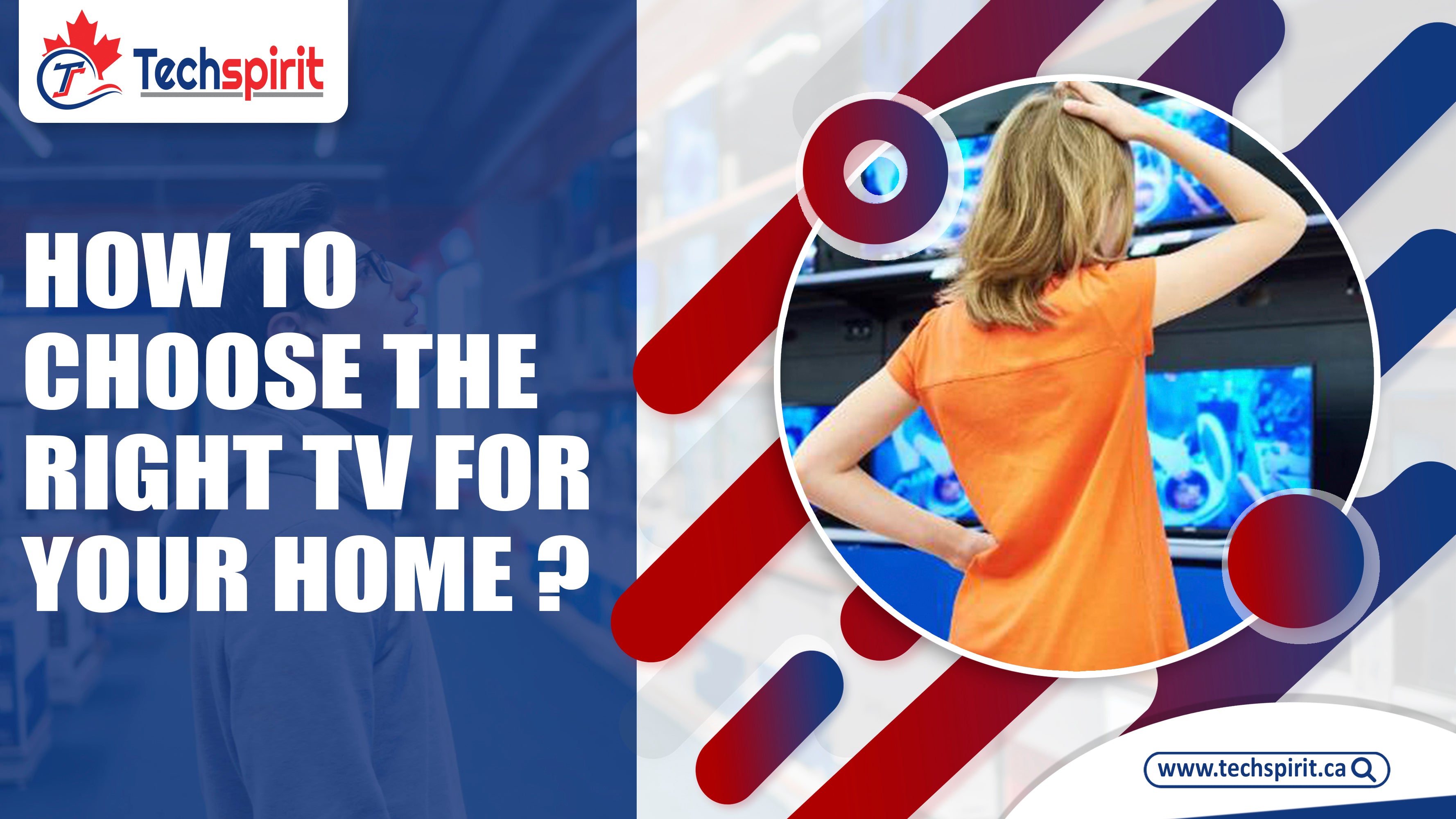A new TV purchase can seem incredibly daunting for various reasons. First, there is more significant pressure to make the right choice because most people retain a TV for much longer than they would a phone. Also, there is a frightening technical speak to sort through, and needs to be more knowledge of whether features genuinely enhance the viewing experience.
Unfortunately, there is no foolproof method for selecting the ideal TV. Like phones, you can't judge a TV's performance based solely on its spec sheet. Even if you could, each person has different TV needs.
Instead, we will present you with all of the essential features of contemporary TVs in this guide. We will explain which aspects you find important and which you can overlook. Consider this manual as a lexicon; it won't have all the answers, but it will provide the information you need to help you decide more wisely.
What Resolution Do I Need?
A 4K TV is probably what you should purchase if you are shopping for one in 2023. These TVs have a resolution of 3840 x 2160 pixels, which is equivalent to the resolution of four 1080p TVs. If you are purchasing a smaller TV, such as one under 40 inches, you might only be able to afford a 1080p model, but if you have the choice and the money, go with 4K.
Significant ongoing debates exist over whether your brain can genuinely comprehend the full 4K resolution at common viewing distances. Yet, in all honesty, these discussions are not helpful. In addition to having more pixels, 4K Televisions typically feature broader dynamic ranges and color gamuts, which improves picture quality no matter where you are sitting or how big your screen is.
What Size is Best?
The ideal TV size for your home can be determined using several formulae. For instance, Samsung advises purchasing a TV with a diagonal viewing distance of half your actual viewing distance in inches. So, a 60-inch screen would be ideal if you watch TV from a distance of 10 feet (120 inches). We always recommend you buy a TV as per the size of your area. Here at Techspirit, we provide multiple TV sizes, which are mentioned below:
- 24 - 32 Inch
- 43 - 55 Inch
- 60 - 70 Inch
- 75 Inch and Larger
OLED or LED
What type of screen you want is one of the more important choices you have to make when purchasing a TV. These days, OLED and LED TV are top-rated options. OLED is typically seen as the more upscale of the two technologies, partly because it generally is much more expensive. In addition, it lacks a backlight; thus, each pixel can produce its light or become completely dark. On the other hand, OLED displays now have intense black levels, which gives them a fantastic impression of depth. Moreover, OLED Televisions have great viewing angles.
The fact that virtually every model on the market, irrespective of the manufacturer, uses the same panels made by LG Display is another appealing feature of OLED TVs. This indicates that regardless of the OLED TV manufacturer you choose to purchase, the picture quality is dependably good. Of course, the image quality is different, but unless phrases like "tone mapping" and "motion handling" are familiar, you probably won't notice the differences very much.
Key Features to Look For
- HDR
- HDMI
- Audio Quality
- Model Number
- Remote Control
- Connecting Devices
- Recording Movies and Shows
What About the Operating System?
Nowadays, a smart TV can be found practically everywhere. Yet, there are significant differences between each TV's operating system and the apps that can be used with it.
There are, therefore, many options available. However, you should be aware that none of these operating systems is a total disaster that needs to be avoided at all costs. One strategy is to identify the streaming services you use the most and confirm that they are compatible with the operating system of your choice.
Are you still trying to figure it out?
Still, if you need help choosing a suitable TV for your home, feel free to consult expert consultants of Techspirit.




